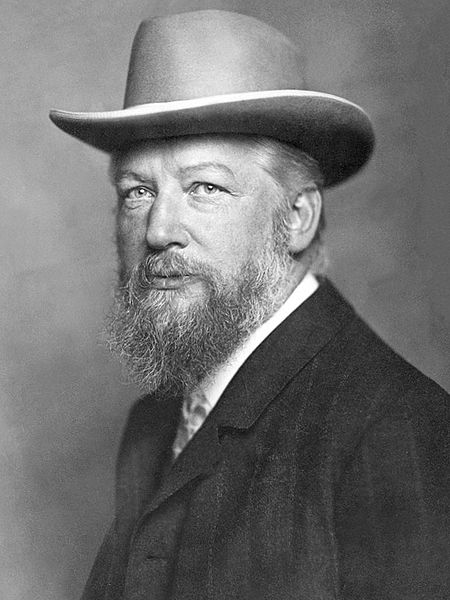What is the Difference Between Ostwald Theory and Quinonoid Theory
The key difference between Ostwald theory and Quinonoid theory is that Ostwald theory states that the acid-base indicator is either a weak acid or a weak base that only partially ionizes in the solution, whereas Quinonoid theory states that the acid-base indicator occurs in two tautomer forms that change from one form to the other to give a color change.
Ostwald theory and Quinonoid theory are very important in analytical chemistry regarding acid-base titrations using indicators.
CONTENTS
1. Overview and Key Difference
2. What is Ostwald Theory
3. What is Quinonoid Theory
4. Ostwald Theory vs Quinonoid Theory in Tabular Form
5. Summary – Ostwald Theory vs Quinonoid Theory
What is Ostwald Theory?
Ostwald theory or Ostwald dilution law is a theory in chemistry that describes that the behavior of a weak electrolyte follows the principles of mass action, being extensively dissociated at infinite dilution. We can observe this characteristic of weak electrolytes experimentally through electrochemical determinations.

This Ostwald theory was proposed by Wilhelm Ostwald in 1891. This theory is based on the Arrhenius theory. This theory states that the acid-base indicator is either a weak acid or a weak base that only partially ionizes in the solution. Therefore, there are ionized and unionized forms having different colors. Depending on the nature of the medium, either the ionized or the unionized form dominates the reaction medium; thus, changing the nature of the medium can change the color of the medium. For example, phenolphthalein is a common indicator that is a weak acid, and it can change its color from colorless to pink when increasing the pH of the medium.
Moreover, the Ostwald theory describes why a certain indicator cannot work in some pH values of the medium, e.g. phenolphthalein is not suitable when titrating a strong acid with a weak base. This is because the endpoint indicated by the indicator is not in the range where the equivalent point of the reaction exists.
What is Quinonoid Theory?
Quinonoid theory is a theory in chemistry that simply describes how the color change of an acid-base indicator happens according to the changes in chemical structures. Here, we consider that an indicator exists in an equilibrium mixture of two tautomeric forms. These two forms are named benzenoid form and quinonoid form. One of these forms occur in acidic solution while the other form occurs in the basic solution. These two forms also have two different colors that are helpful in showing the color change. During this color change, one tautomer form changes its structure to the structure of the other tautomer form.
What is the Difference Between Ostwald Theory and Quinonoid Theory?
Ostwald theory and Quinonoid theory are very important in analytical chemistry regarding the acid-base titrations using indicators. The key difference between Ostwald theory and Quinonoid theory is that Ostwald theory describes that the acid-base indicator is either a weak acid or a weak base that only partially ionize in the solution, whereas Quinonoid theory describes that the acid-base indicator occurs in two tautomer forms that change from one form to the other to give a color change.
The following infographic lists the differences between Ostwald theory and Quinonoid theory in tabular form.
Summary – Ostwald Theory vs Quinonoid Theory
Ostwald theory and Quinonoid theory are very important in analytical chemistry regarding the acid-base titrations using indicators. The key difference between Ostwald theory and Quinonoid theory is that Ostwald theory describes that the acid-base indicator is either a weak acid or a weak base that only partially ionize in the solution, whereas Quinonoid theory describes that the acid-base indicator occurs in two tautomer forms that change from one form to the other to give a color change.
Reference:
1. “Ostwald’s Theory and Quinonoid Theory.” BrainKart.
Image Courtesy:
1. “Wilhelm Ostwald by Nicola Perscheid” By Nicola Perscheid – Gettyimages (Public Domain) via Commons Wikimedia
ncG1vNJzZmivp6x7pbXFn5yrnZ6YsqOx07CcnqZemLyue9ahmK1lmah6tbTEZpuinpaav6a6wp5km52krLKmuoyoqq2vkaGxbsDHnqarsV2Wu6V50K6gp6eepLaledOhnKiqqWQ%3D